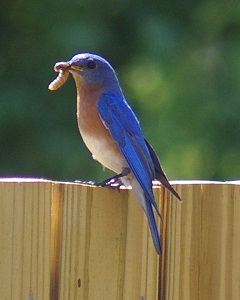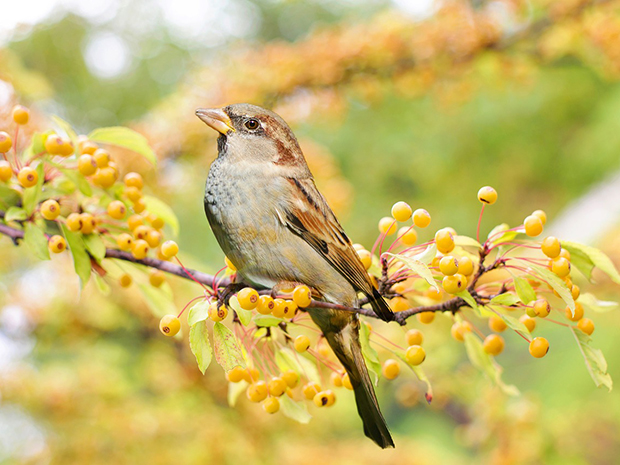Why Use Native Plants?
Using native plants in our landscaping plans can make great gardening sense. In fact, you may not be aware that many of the trees, shrubs or flowers you already have are growing wild in the northcountry right around us. We just don’t notice the un-pruned and un-tamed version. The Dogwood tree in your front yard is doing so well because you selected a variety that found your soil familar, thought the climate was just fine and had built immunities to many diseases that might have affected it otherwise.
For a list of native perennials, shrubs, grasses and trees click here.
Plenty of gardeners can’t get enough of trimming, moving and evaluating plants. But some of us just want to look out the window and feel satisfied that we have leaves or flowers doing their thing when they’re supposed to. No landscape or garden is totally free of attention and management, but native plants will get you closer to your objective to relax a little more.
 Think about what is most important to you in your landscape. Easy or eclectic? Balance what you’re willing to take care of with what inspires you. If that ornamental with twisted, weeping branches and rarely seen flowers make you swoon and you’re up to the task of researching the best care practices, then go for it! But if it makes you feel great to have replenished what was already in your neighborhood before it was a neighborhood, then natives will be a wonderful fit. Do both? Of course you can. Surround yourself with maples, shadblows, and coreopsis and then choose your showcase plants. The ones that fire your imagination.
Think about what is most important to you in your landscape. Easy or eclectic? Balance what you’re willing to take care of with what inspires you. If that ornamental with twisted, weeping branches and rarely seen flowers make you swoon and you’re up to the task of researching the best care practices, then go for it! But if it makes you feel great to have replenished what was already in your neighborhood before it was a neighborhood, then natives will be a wonderful fit. Do both? Of course you can. Surround yourself with maples, shadblows, and coreopsis and then choose your showcase plants. The ones that fire your imagination.
Consider these good reasons to include native plants in your landscaping plans:
- They attract butterflies and birds.
- They transplant with less stress.
- They need less water than non-natives after being established.
- They have fewer fertilizer and disease control requirements.
- Many native critters are grateful for some extra habitat.
- Usually less costly over the life of the plant.
What is a native plant? a plant that has evolved naturally in that environment – usually well before any human intervention.
 Why natives are important to the regional ecosystem
Why natives are important to the regional ecosystem
Natives are key in the area’s food chain. Plants can produce their own food from the sun through photosynthesis and it is this food that is then passed on to animals and insects in the food chain. Plants and animals have a symbiotic relationship.
A summary below from Dr. Douglas Tallamy’s important book, Bringing Nature Home. All quotes below are from his book.
When gardeners use native plants, they can have beautiful landscapes — and play a vital role in protecting biodiversity. Most of our local land is divided into our property parcels. This means that cumulatively, the plants we host on our properties have an enormous impact on the survival of the surrounding web of life of our local ecosystems. (In fact, when migratory birds and butterflies can’t survive the loss of habitat in our area, we have affected the ecosystems of places far from New England.)
“Because life is fueled by the energy captured from the sun by plants, it will be the plants that we use in our gardens that determine what nature will be like 10, 20, and 50 years from now.”
The Balance of Life:
- Native insects need native plants to survive.
- Native birds and mammals need native insects (as well as native plants) to survive.
- No native insects, no higher forms of life.
- Native insects attract birds, especially during nesting season. The insect population is at its peak, just in time to feed hungry nestlings. Without those insects, the baby birds do not survive.
- Leaf growth of native plants matches the feeding habits and reproductive cycles of native leaf eaters, for example, caterpillars that turn into our native butterflies and moths. (Butterflies and moths, the Lepidoptera, are about 50% of herbivorous insects in our area.)
- Birds are accustomed to using the fibers, twigs, and tendrils of native plants for building their nests.
- Fruit, berries and nut maturity are timed to bird and animal life cycles. Animals depend on specific plants to provide vital food for fall migration. Mammals rely on them to fatten up for hibernation.

